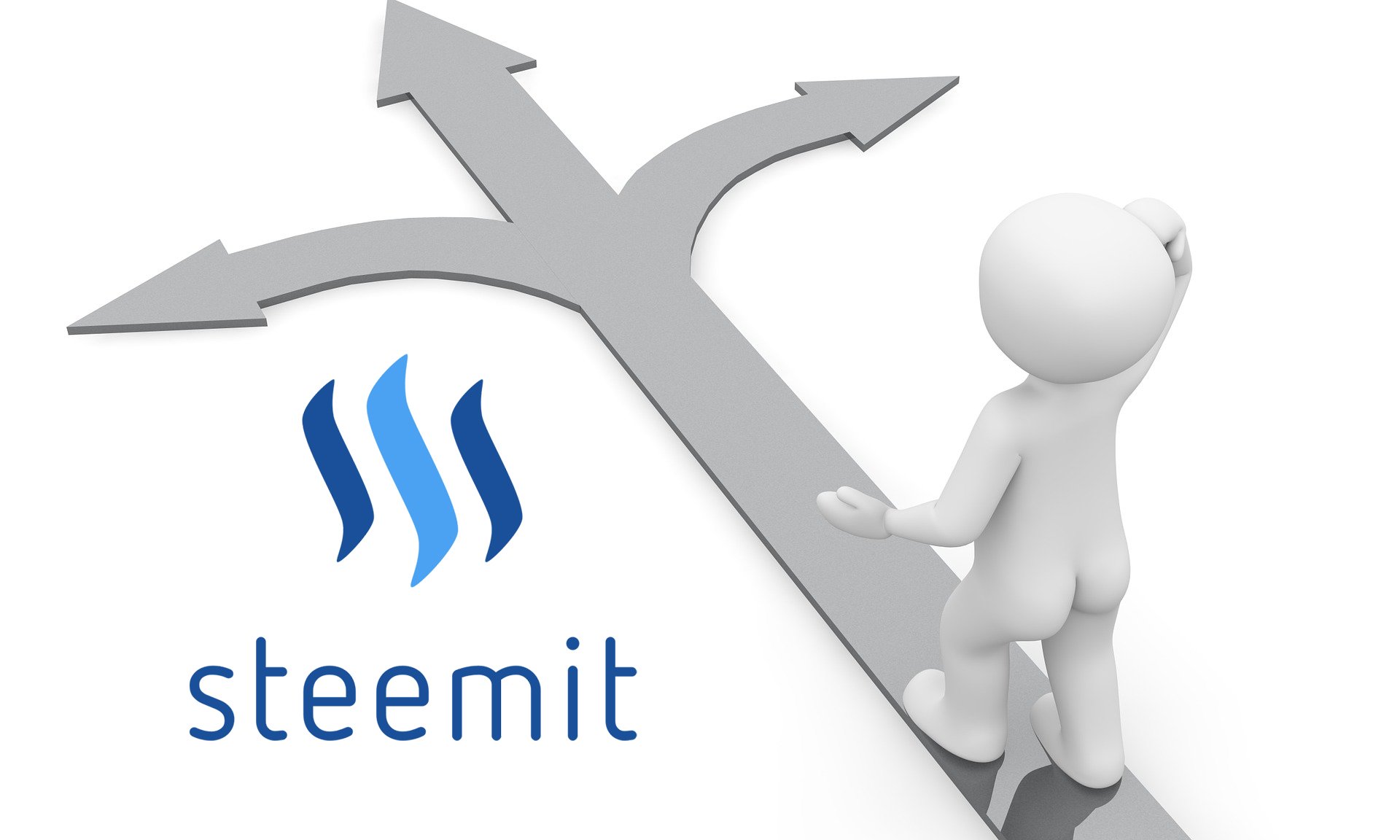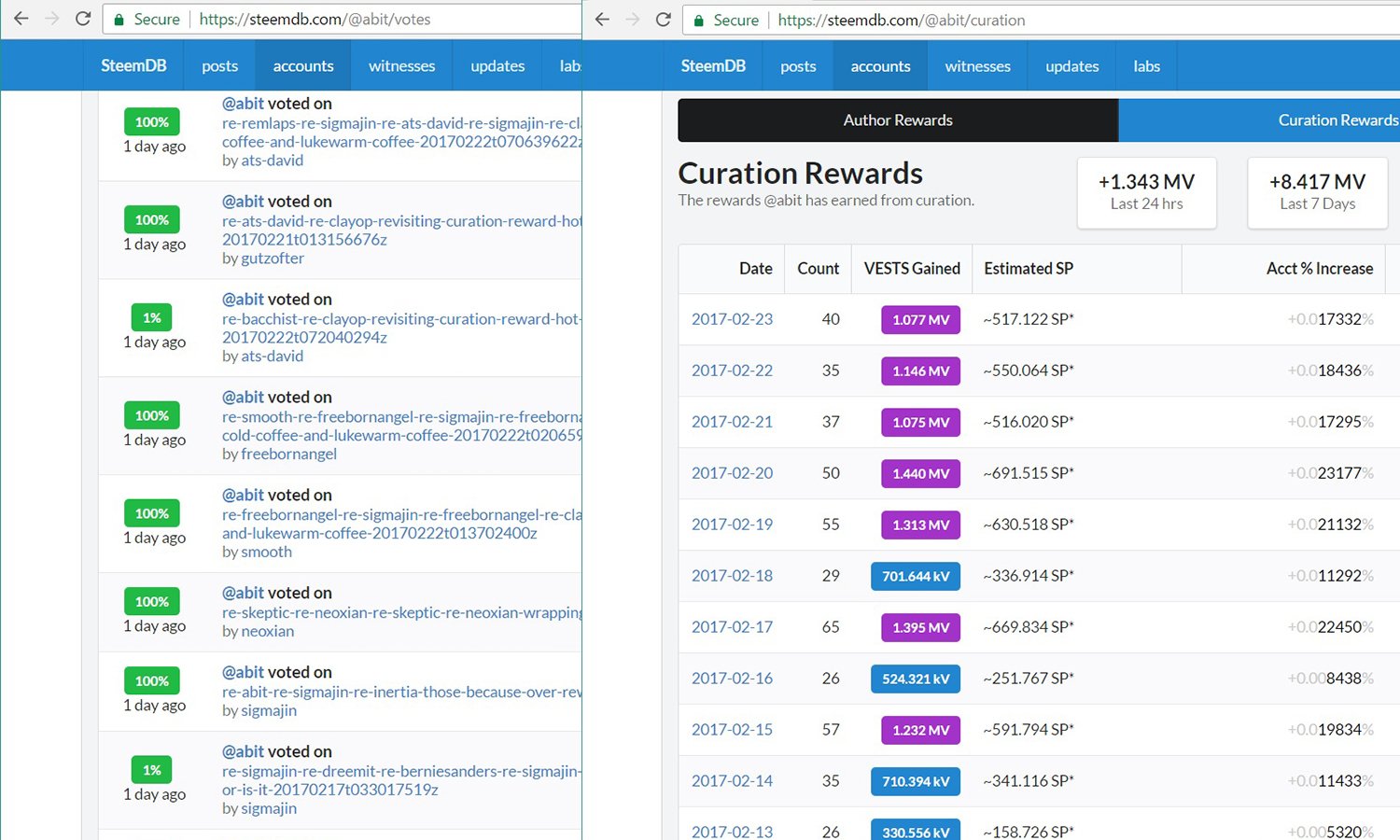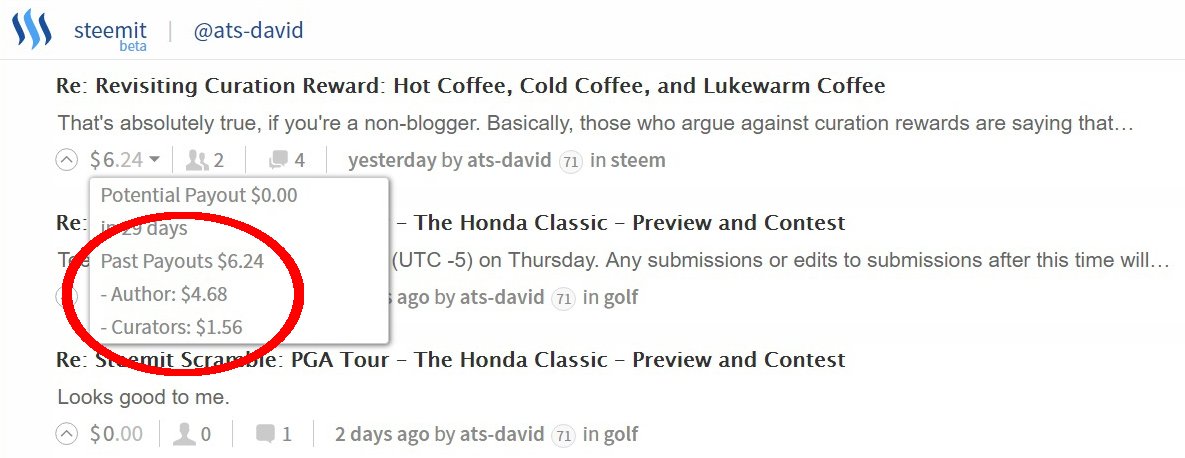
Steemit, Inc. has another hard fork proposal near completion...and I have a proposal of my own. Let’s see how they stack up.
If you missed it, the original Hard Fork 17 proposal was released on January 10th. There were a bunch of changes stuffed into it, just like the last hard fork. One of the mantras of the post was a focus on simplicity – Keep It Simple Stupid, or K.I.S.S.
Unfortunately, it was obvious to most readers that some of the proposal was in fact making things more complex, particularly for new users who already have an issue with the STEEM/Steemit learning curve. I happen to think that some of the changes actually won’t resolve any of the underlying issues with STEEM/Steemit. Because of that, I have decided to make my own Hard Fork 17 proposal.
This is not an all-encompassing proposal – and hard forks shouldn’t be – but I think these ideas work well together and that they make sense for one fork.
My STEEM/Steemit Hard Fork 17 Proposal
These are a few changes to the code that I believe will improve many different aspects of the platform. I have stated some of these before in various comments, chat channels, or blog posts, but I want to lay them out here so that they can be considered together. If Steemit, Inc. can shove 20 different changes into each hard fork, then I think I can reasonably put a few of my own ideas into this proposal and have them considered as a whole. It’s only fair, right?
Here is my plan that simplifies rewards and increases incentives for non-bloggers, which is a vital aspect for STEEM Power accumulation and proper curating of content.
1 – Change the voting algorithm. This was mentioned in a few different posts lately (including my own). There is a problem with stake disparity and it affects the allocation of rewards on posts. The n^2 algorithm exacerbates these disparities and it should be replaced with something closer to linear, such as the n log(n) or the n^2 / (1 + n) algorithms that were mentioned in the recent post from @steemitblog. Changing the algorithm is something that most users seem to agree on and that is pretty rare to see. There’s no reason why it can’t be tried.
2 – Treat blog posts and comments the same. To accompany the change of the voting algorithm, parent and child posts should be treated exactly the same by the code. If there really is an issue with post engagement and it is being caused by a lack of incentive to vote on comments (even if this isn’t true, which I don’t believe it is), then treating all posts the same could increase the visibility/incentive to vote for comments and it would likely increase the average payout on those comments, especially if there was an accompanying tab for top comments in the Steemit interface. And there would be no need for a separate rewards pool to negatively impact intuitiveness and the already steep learning curve for new users.
3 – Increase curation rewards back to a 50/50 split with post rewards. In conjunction with 1 and 2, an increased incentive to vote for all posts should result in more voting power being used overall and a more equitable distribution of rewards to and from curators. Currently, post and curation rewards are split 75/25 in favor of posts. In reality, due to the reverse auction on early curating, the actual curation payouts are only around 12%. The rest of the 88% of rewards goes to authors. This throws the entire incentive structure of the platform out of balance and is the main reason why there is increased automation. Voters simply have very little incentive to curate manually and to curate better.
Curation rewards also happen to be practically the only reason to hold STEEM Power. Every time that incentive is reduced, the more likely it is that more users will power down and less will power up, which puts downward pressure on the STEEM price.
4 – Adjust the reverse auction to a much shorter time frame. Currently, every curator has to factor in the 30-minute reverse auction on a new post. If you’re not familiar with the reverse auction, it’s like this: If you vote on a post at 10 minutes, you can only receive a maximum of 33% of your total possible curation reward based on your STEEM Power and your voting power at the time of the vote. At 15 minutes, you can receive up to 50%. At 30 minutes, you can receive the full 100%. Any rewards that you forego under 30 minutes are given to the author of the post.
Waiting 30 minutes to vote on a post is unrealistic for active curators and for time-sensitive posts. Users should not be so severely punished for discovering good content quickly. It reduces both the quality of curation and the “fun factor” of discovering content first and being appropriately rewarded. A maximum auction time of 2 – 5 minutes would be more than sufficient.
5 – Send the auctioned curation rewards back into the curation pool. This is one idea of many that can be used to better distribute curation rewards among all voters and not just the first few large stakeholders. Rather than paying the curation rewards to the author, the auctioned rewards could be distributed to later voters. Another suggestion is to give a small curation “bonus” to early voters based on the amount of rewards that come from later ones. If an early curator’s vote is not corroborated by later voters, they don’t get much of a reward anyway. But if they were right in discovering valued content, then they should be rewarded a little more than the rest of the voters, but not so much that they’re earning 100 or 1000 times more in rewards with the same or similar stake.
There is a variety of possible solutions here, but the important factor is to increase the curation rewards pool as mentioned in number 3 and to keep the 50/50 rewards allocation in their respective pools so that we do not have a disparity like we currently have (88/12 instead of 75/25).
The “penalty” for later voters or smaller stakeholders should also be reduced so that the 10th or 150th vote on a post isn’t receiving nothing at all, while a whale voting around 25th can pull in 25% or 50% of the rewards. This needs to be flattened similar to the voting algorithm for post rewards distribution. Larger stakeholders will still receive a relatively big percentage of the rewards, but more users – particularly smaller stakeholders – should be able to claim a piece of the curation pie.
Never Underestimate the Power of Incentives
One of the main focuses of my above proposal is rewarding non-bloggers and incentivizing the work of good curators. The proposed comment rewards pool for the next hard fork would likely achieve the exact opposite. It eliminates the incentive for users to vote on comments. This is a huge mistake...and here’s why:

As many of you may know, @abit has been upvoting a lot of comments lately. And @abit has been receiving a lot of curation rewards as well. His upvotes on comments appear to be more valuable to him than upvotes on posts. The overwhelming majority of his votes are on comments. And who are the beneficiaries of those votes? The many commenters, of course.
But let’s not pretend that the curators aren’t at least partially motivated by this:

It doesn’t really matter what the personal motivations are. The fact that @abit is voting on comments and earning just as much or more rewards than other curators of blog posts isn’t something to be overlooked or dismissed. And the consequence of his voting is that more commenters are earning larger rewards for leaving comments – and many users are noticing.
So, there is clear evidence that curation incentives work. The only problems that I see are that comments and their parent posts are treated differently, that the curation rewards aren’t proportional enough to entice more smaller stakeholders, and that the user base simply isn’t large enough to generate more engagement in the first place. My proposal should correct the first two issues. A comment rewards pool will only create a larger fissure between parent and child posts and it completely removes the incentives to vote for others’ comments.
No More Gimmicks. No More Short-Sightedness. Stick to K.I.S.S.
The changes proposed here are meant for the long-term for STEEM/Steemit. Nothing will be ideal right now, but these changes should set up the platform and the different types of users for the future. If we are expecting big things to happen with STEEM/Steemit, then we need to propose and implement a system that can easily scale and resolve potential issues. A less complicated system is generally more suited for minor adjustments and scaling. The K.I.S.S. principle – as touted by Steemit, Inc. in their HF17 proposal – should actually be followed.
And we must never punish those who invest into the system by removing their ability to earn rewards/returns based on their earned or purchased stake.
As stated in my previous post, curation is one half of the two vital components on this platform. The rewards from curation are based on one’s STEEM Power. It’s one of the only reasons to purchase STEEM and/or to power up. Those who actually buy STEEM for the explicit purpose of curating and earning a return are the ones who actually provide the most value to other STEEM holders and to those who post content on the platform. Without buyers, STEEM is worthless.
Comment reward pools that reduce curation rewards by another 38% and other suggestions from users who want to eliminate curation rewards entirely are completely reckless. The constant complaints about what authors “deserve” and what constitutes a “decent reward” or “enough” rewards are nothing but subjective/arbitrary assessments. Those who say that every vote should be worth something – usually a penny is used as the minimum – simply don’t comprehend the system and why that’s not practical.
We need to stop focusing so much on rewards and how much any particular user is getting and remember that Steemit is only meant to be the onboarding mechanism for the STEEM currency and much bigger things to come (presumably). But we’re never going to get to those much bigger things if the code is constantly being changed to appease the relentless complaints from users who haven’t taken the time to understand the platform or who do not have a vision for the future. And the users aren’t entirely to blame. The platform’s leaders within the halls of Steemit, Inc. are a huge contributor to that lack of vision.
There needs to be more emphasis on simplifying the code for rewards/distributions, designing a marketable user interface that appeals to a wider demographic, managing expectations of all users, and keeping the user base focused on the long-term vision for STEEM/Steemit. (I will address more of these issues in follow-up posts.)
STEEM/Steemit will not see much investment if major (and even/often unnecessary) changes are continually made to the economics of the platform. Investors and developers who are trying to make apps and other platforms/interfaces on top of the STEEM blockchain need more stability.
On That Note – A Word on Witnesses and Hard Forks
The proposed changes in Hard Fork 17 are too much. There are too many changes all at once and many of them are unnecessary or even likely to be harmful, or at least likely to achieve the exact opposite of what is desired. Propose a couple of changes at a time and let the witnesses decide on them. Cramming a dozen or more changes in each fork is akin to politicians and their massive package-deal bills that are loaded with “pork barrel” spending. And I know how much @dan dislikes statism. Let’s make these proposals a little more frequent and a lot less bloated.
And please – let’s not just ram them through simply because Steemit, Inc. can stack the top-19 witness slots with those who are favorable to Steemit, Inc. and will approve anything that’s proposed. We need an honest consensus on platform changes. There are many witnesses who dislike these practices and have expressed their concerns repeatedly about them. Some of the current proposals are nowhere close to being a consensus within the community – including actual investors who have bought their stake – so there’s no reason why the changes should be forced on us.
If there are witnesses who oppose these changes and practices in general, let us know so that we as voters of witnesses can decide on who we want to support.
Let’s hear your thoughts about my hard fork proposal. Can we agree on it? Are they bad ideas? Let me know why you agree or disagree.
Follow me: @ats-david
